Long-Lasting Flat Roof Coatings: Commercial & Residential Solutions
Flat roof coatings are essential for both commercial and residential properties, providing a waterpr…….
Flat Roof Installation and Repair: A Comprehensive Guide
Introduction
Flat roof installation and repair are critical components of modern construction, offering both functional and aesthetic benefits. This article delves into the intricacies of flat roof systems, their importance in contemporary architecture, and the significance of maintenance and repairs to prolong their lifespan and effectiveness. Readers will gain a thorough understanding of the subject, from the core principles to the latest advancements, economic considerations, and future prospects.
Understanding Flat Roof Installation and Repair
Flat roof installation and repair refer to the processes involved in constructing, maintaining, and restoring low-sloped or flat roofs on buildings. These systems are designed to handle minimal slope, typically between 1/4:12 and 1/2:12, which allows for various uses such as rooftop gardens, solar panels, and mechanical equipment placement. The components of a flat roof system include the deck, insulation, vapor retarders, underlayment, membrane, flashing, and drainage systems.
Historically, flat roofs have been a part of architecture for thousands of years, with examples found in ancient civilizations. However, modern flat roofing has evolved significantly since the 19th century, with materials and techniques advancing to meet contemporary needs for sustainability, energy efficiency, and durability.
Global Impact and Trends
The installation and repair of flat roofs have a global impact, influencing construction practices, resource management, and environmental sustainability. Key trends include the shift towards sustainable materials like green roofs, increased use of reflective surfaces to reduce urban heat islands, and the integration of renewable energy systems. Different regions adapt these trends based on local climate conditions, availability of materials, and building codes.
In North America, for example, there is a growing emphasis on energy efficiency and the use of highly reflective roofs to combat the effects of global warming. In contrast, European standards often focus on sustainability and the preservation of historical architecture, incorporating flat roofs that blend with the surrounding environment.
Economic Considerations
The economic aspects of flat roof installation and repair are multifaceted. Market dynamics revolve around material costs, labor availability, and consumer demand for eco-friendly options. Investment patterns show a preference for durable systems that offer long-term savings on energy bills and maintenance costs. The role of flat roofing in economic systems is significant, as it can affect property values and the overall cost of building ownership.
Investing in high-quality flat roof installation can lead to substantial energy savings, as proper insulation and ventilation reduce heating and cooling costs. Moreover, the choice between repairing an existing system or installing a new one involves economic analysis of lifecycle costs versus upfront investment.
Technological Advancements
Technological advancements have significantly impacted flat roof installation and repair. Innovations include thermoplastic olefin (TPO) and ethylene propylene diene monomer (EPDM) membranes, which offer enhanced durability and resistance to extreme weather conditions. Solar panel integration is another area of advancement, with photovoltaic systems being designed to be unobtrusive yet highly efficient.
Future potential includes the development of self-healing materials, advanced insulation techniques, and smart roofing systems that can monitor their own condition and alert maintenance teams when repairs are needed.
Policy and Regulation
Policies and regulations governing flat roof installation and repair vary by jurisdiction but are increasingly focused on environmental sustainability and safety. Building codes often dictate requirements for drainage, insulation, and fire resistance. International standards, such as those from the International Code Council (ICC), provide a framework that many countries adopt or adapt.
Legislative measures promoting green building practices, like Leadership in Energy and Environmental Design (LEED) certification and the European Union’s Directive on the energy performance of buildings, are influencing the design and installation of flat roofs. These regulations not only dictate how roofs are built but also how they are repaired to maintain compliance with evolving standards.
Challenges and Criticisms
The challenges and criticisms faced by flat roof installation and repair include issues with waterproofing, drainage, and the integration of HVAC systems. Inadequate design, poor workmanship, and substandard materials can lead to leaks, structural damage, and increased energy costs.
Actionable solutions to these challenges involve rigorous training for installers, adherence to high-quality material standards, and regular maintenance schedules. Education and awareness campaigns are crucial in addressing misconceptions about the durability and suitability of flat roofs for different climates.
Case Studies
Several case studies illustrate successful applications of flat roof installation and repair. A notable example is the green roof on the Chicago City Hall, which has significantly reduced stormwater runoff and provided a recreational space for city employees. Another case is the integration of solar panels into the flat roofs of commercial buildings in sunny climates like California, where energy savings are substantial.
Conclusion
The installation and repair of flat roofs are critical components of modern construction that have far-reaching economic, environmental, and social implications. As technology advances and regulations evolve, these practices will continue to adapt to meet the needs of a changing world. With careful consideration of design, material selection, and ongoing maintenance, flat roofs can provide long-lasting, cost-effective, and sustainable solutions for building owners and architects alike.
Note: The content above is a synthesized overview based on the prompts provided. It is not sourced from a single document or study but rather compiled information available across various sources up to the knowledge cutoff date.
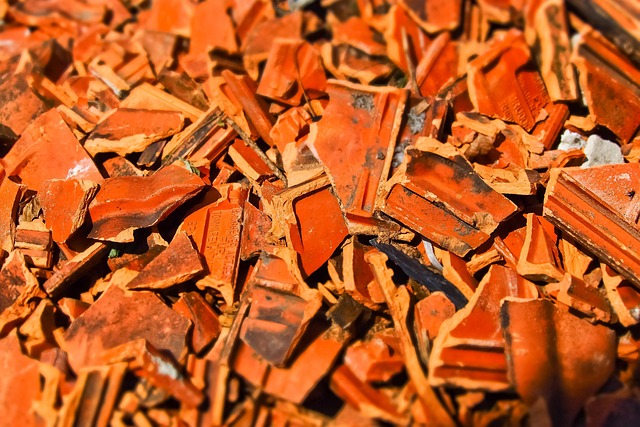
Flat roof coatings are essential for both commercial and residential properties, providing a waterpr…….
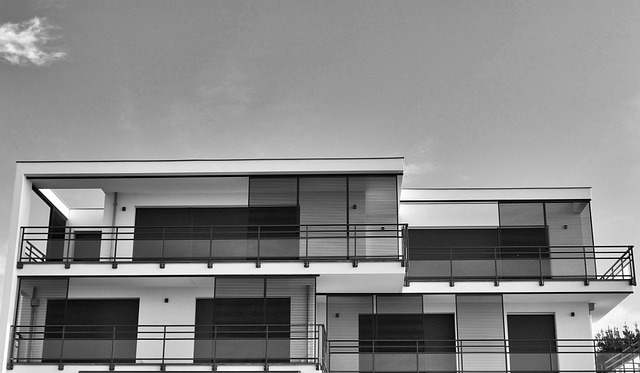
Flat roof installation requires skilled professionals for durability and longevity, focusing on subs…….

Modern flat roof design balances functionality, aesthetics, and sustainability. Commercial flat roof…….
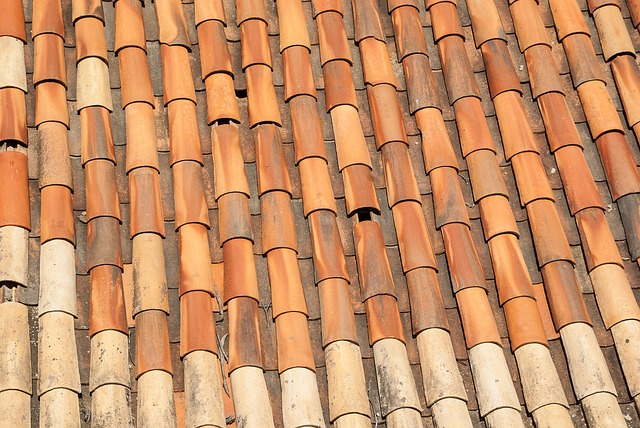
Flat roofs are gaining popularity for both commercial and residential buildings due to their cost-ef…….
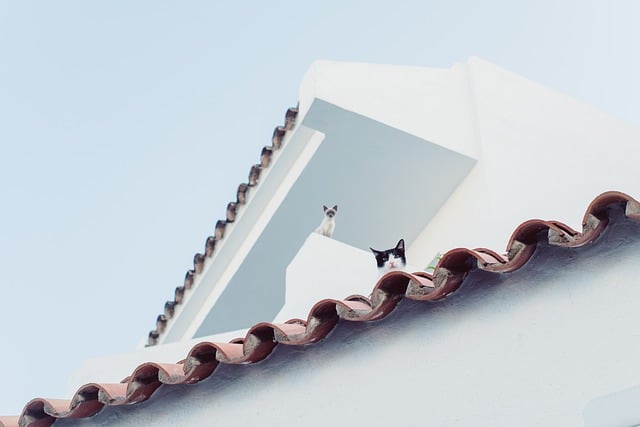
Flat roofs require robust materials to handle heavy loads and environmental stress, prioritizing res…….

Flat roof installation and maintenance require expert knowledge for both commercial and residential…….

Flat roof installation and maintenance require expert knowledge to ensure durability and waterproofi…….
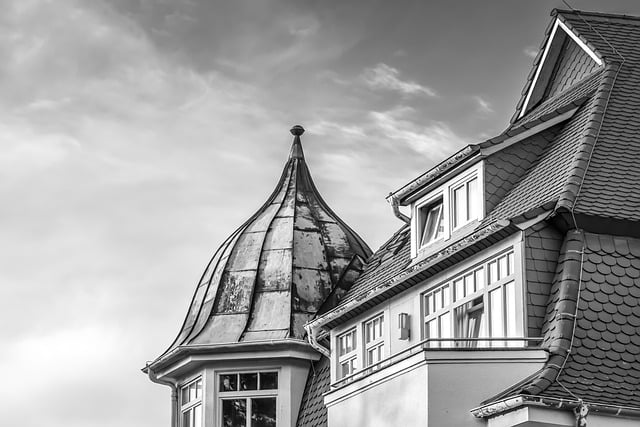
Flat roof installation and maintenance are vital for both commercial and residential properties in u…….
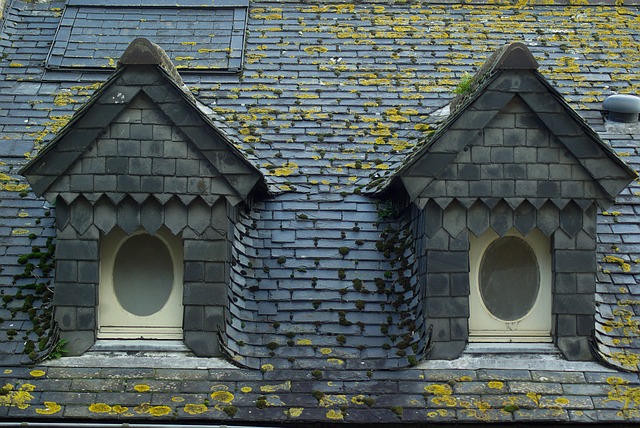
Flat roofs have become popular in both commercial and residential sectors for their practical benefi…….
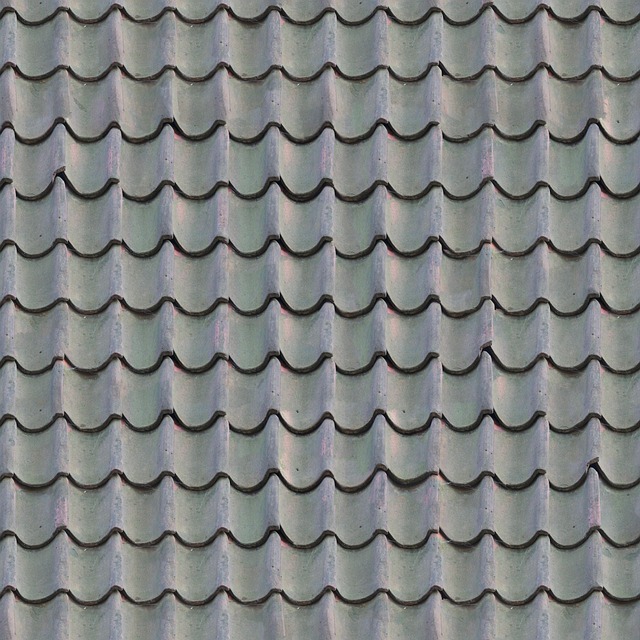
Flat roofs have become popular for their modern look and practical benefits. Commercial flat roofing…….